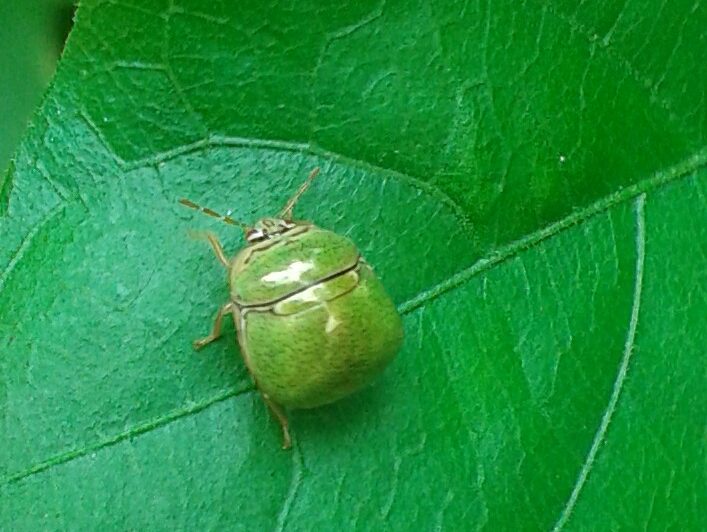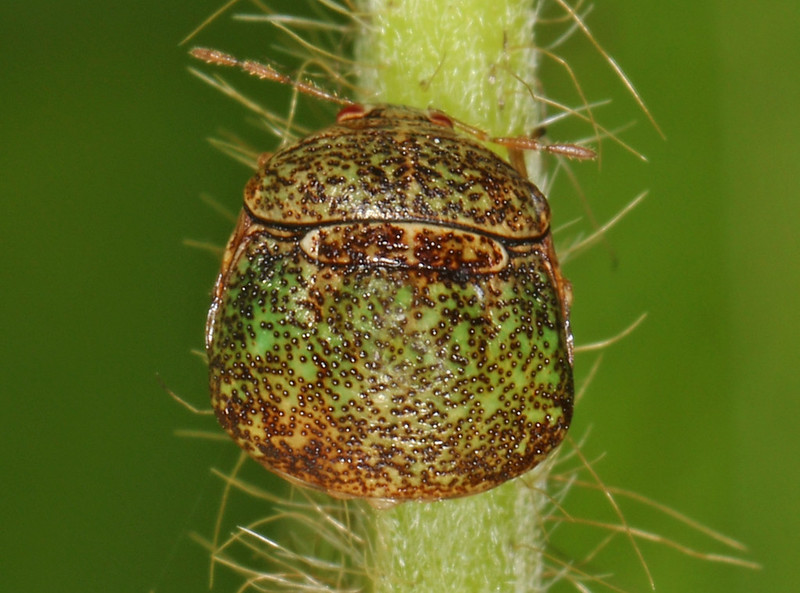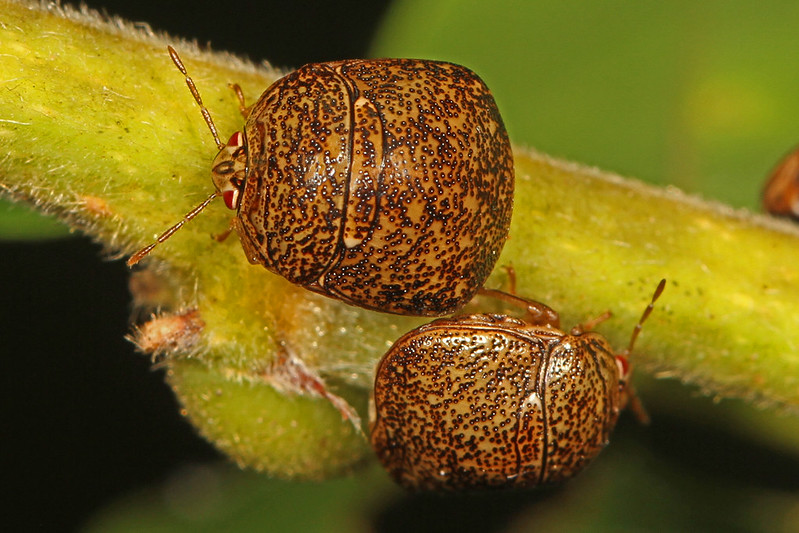How to get rid of Kudzu Bugs
Kudzu Bugs have taken the southern US by storm and many homeowners and gardeners have written in for advice on how to deal with these pesky critters. Never fear, the Pest Advisor is here!

Kudzu Bugs have taken the southern US by storm and many homeowners and gardeners have written in for advice on how to deal with these pesky critters. Never fear, the Pest Advisor is here!

The words “kudzu bug” might have sounded like music to your ears if you’ve ever dealt with a kudzu vine invasion, but these pests have turned out to be even more of a nuisance than the mile-a-minute vine itself since they were first spotted in the USA, and more specifically in Georgia, in 2009.
Kudzu bugs — scientifically referred to as Megacopta cribraria and also called bean plataspids — are oddly-shaped insects about the size of a ladybug. They can be recognized by their round, turtle-like, appearance, olive-green color, and the fact that their rear ends are significantly wider than their heads. Because kudzu bugs like to congregate in large clusters, you are unlikely to ever see just one.
Within just a few generations, kudzu bugs have proliferated at frightening speeds. These pests have spread like wildfire throughout Georgia, South Carolina, and North Carolina, and reports that they’ve reached other southern states — including Texas and Florida — are emerging.
That fact represents a huge problem for farmers and gardeners. True, many welcome the fact that kudzu bugs feast on invasive kudzu vines, but they also feed on soybean plants. Without even eating the beans themselves, kudzu bugs weaken soybean plants by sucking out their juices, slashing crop yields by as much as 75 percent. Wisteria and other legumes provide other hosts for kudzu bugs, meaning these plants act as food sources as well as reproductive habitats. Kudzu bugs have also, however, been found simply “chilling” on plants they are known not to eat, including sunflowers, figs, and grapes.
Kudzu bugs may pose an extremely serious challenge for those in the agricultural sector, but homeowners, too, can be in for a nasty surprise if they live in areas where bean plataspids have taken root.
If you’re one of them, you may have fallen into the trap of trying to squash the insects, only to be met with a range of unexpected consequences. Kudzu bugs:
Do you believe your home has been invaded by kudzu bugs? You’ll have only two questions. How did they get there, and how can I get rid of them as fast as possible?
Just like other insects, kudzu bugs hibernate to survive the cold winter. If you live in an area that has fallen victim to large kudzu bug populations, that means the bugs may find a hospitable environment in your home when they turn in for the winter — from October to late November.
At first, you may spot large groups of kudzu bugs congregating on your walls, around window frames, near doors, and around vents. They’ll try to spend the winter in cozy cracks, and will happily make their way inside your property if they can. There, you’ll find them in big groups around cracks and other small spaces. Because kudzu bugs are drawn to light colors, and especially white, you are more likely to find them in and around your home if these colors heavily feature in your exterior or interior decoration scheme.
Once kudzu bugs find a safe space to overwinter inside your property, you likely won’t see them again until the spring. Starting in March, they’ll begin their exodus, and you’ll be confronted with a swarm once more. Ew.
The best way to control a kudzu bug problem in your home is to make your property unattractive to these pests. You can do that by:
If you already have kudzu bugs inside your property, the good news is that almost all commercially-available big sprays and bug bombs will effectively kill kudzu bugs, too. Having your home professionally fumigated — and asking the pest control company to apply bug spray to your exterior walls, too — is the fastest way to successfully deal with a kudzu bug infestation. Of course, it is crucial to follow all the recommended aftercare steps to ensure that the fumigation does not pose a risk to human and pet health.
Those who would like to take a greener approach can attempt to vacuum the bugs, using a stocking as a barrier. By doing so, you will simply be able to remove the stocking and gently removing it from the vacuum pipe, avoiding squashing the bugs and releasing foul odors in the process. Once the bugs have been hoovered up, you can use the same approach many farmers do, and place the kudzu bugs in warm and soapy water. The surface tension created by the soap prevents the bugs from escaping as they are drowned.
This step, combined with preventative measures designed to stop kudzu bugs from getting into your home again, goes a long way toward getting rid of kudzu bugs for good.

How can you tell if the bug you’re looking at, in your home, your garden, or on your farm, is […]

Are kudzu bugs dangerous? You only need to consider the fact that their presence decreases soybean yields by up to […]